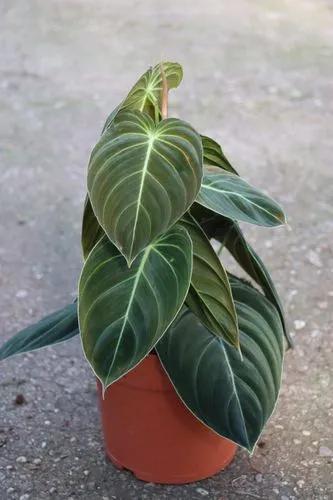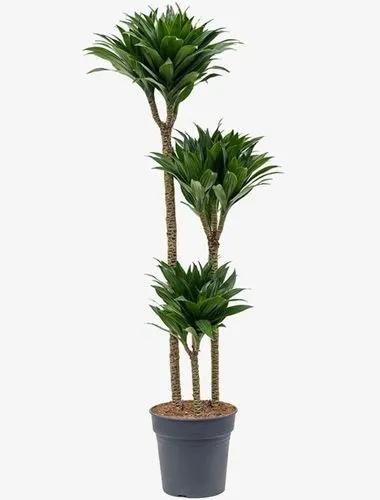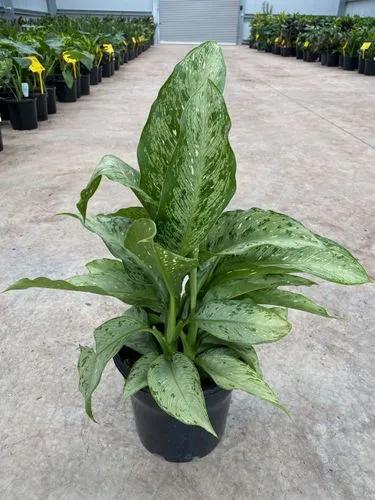The ragwort flower, or Ligularia, should not be confused with the toxic pasture weed ragwort, which is in the Senecio genus. The ragwort plants we are talking about have large toothed or notched leaves and produce spires of yellow flowers in late summer. The plants have a mounding habit, with some species carrying the foliage on long petioles. The name is derived from the Latin “ligula,” which means little tongue, and refers to the shape of the florets on the flower spire. Ligularia plant information on propagation indicates the plants may grow from seed or division.
Tractor Seat Plant Care
Ligularia Reniformis



How to Care for the Plant

Water

These also are good wet-area plants; in fact, many growers state that these shade perennials get pretty thirsty, requiring a somewhat above-average amount of irrigation. Make sure leopard plants get a deep soaking at least once a week.

Fertilizer

If planted in rich, humus-heavy soil, leopard plants don't require any feeding. The best fertilizer is a thick layer of organic mulch applied in the spring.

Sunlight

This is not a plant that bears much direct sun, which causes the leaves to wilt and the plant to languish. Like many large-leaved plants, it is an excellent choice for shady conditions.

Soil

Leopard plant requires a rich, humus-heavy soil that is consistently moist, even wet. It tolerates a range of pH levels, from slightly acid to slightly alkaline, though a neutral pH is preferred.

Temperature

Most varieties of leopard plant are hardy in USDA zones 3 to 8, although this varies slightly by variety. They like relatively cool conditions and will do poorly or go dormant in very hot weather. It is common for these plants to wilt during the heat of the day, then recover in the evening.

Popularity

87 people already have this plant 23 people have added this plant to their wishlists
Discover more plants with the list below
Popular articles






